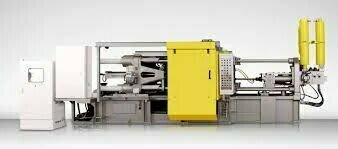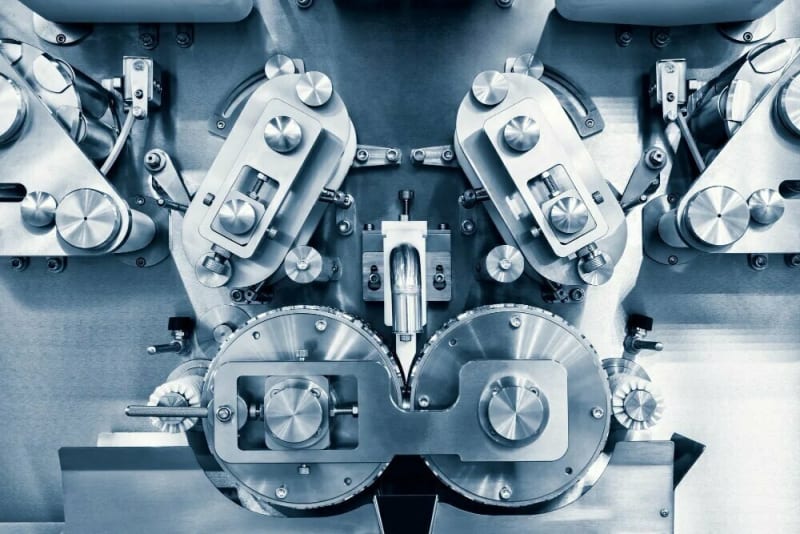The Role of Simulation Software in High-Pressure Die Casting
In today's competitive manufacturing industry, efficiency, precision, and cost-effectiveness are paramount. High-pressure die casting is a widely used manufacturing process for producing complex metal parts, but it comes with its own set of challenges. This is where simulation software steps in as a game-changer. In this article, we will delve into the pivotal role of simulation software in high-pressure die casting, exploring how it optimizes the process, enhances quality, and saves both time and resources.
Understanding High-Pressure Die Casting
Before we delve into the role of simulation software, let's briefly understand the high-pressure die casting process. It involves injecting molten metal into a meticulously designed mold or die at extremely high pressure. This process is known for its ability to produce intricate and precise parts used in various industries.
The Complexities of Die Casting
High-pressure die casting, though efficient, is not without complexities. It involves intricate mold designs, cooling systems, and various parameters that can affect the final product's quality. Controlling these variables manually can be challenging and time-consuming.
Simulation Software: A Virtual Assistant
Simulation software, such as MAGMAsoft, ESI ProCAST, or AutoCAST-X, acts as a virtual assistant for die casting engineers. These tools allow engineers to create a digital replica of the casting process.
Mold Design Optimization
Simulation software aids in optimizing mold designs. By simulating the filling and solidification of molten metal, engineers can identify potential defects and adjust the mold accordingly. This saves both time and resources compared to traditional trial-and-error methods.
Predicting and Preventing Defects
One of the most significant advantages of simulation software is its ability to predict and prevent defects like porosity, air entrapment, and shrinkage. Engineers can fine-tune the process parameters to minimize these issues, resulting in higher-quality parts.
Efficient Cooling Systems
Cooling is a critical aspect of die casting. Simulation software helps in designing efficient cooling systems by analyzing heat transfer and optimizing cooling channel layouts. This leads to faster cycle times and improved productivity.
Material Selection
Simulation tools enable engineers to evaluate different materials virtually. This helps in selecting the most suitable material for a specific application, considering factors like strength, thermal conductivity, and cost.
Real-Time Monitoring
Simulation software provides real-time monitoring capabilities during the casting process. Engineers can track temperature gradients, flow velocities, and other critical parameters, allowing for immediate adjustments if deviations occur.
Cost Reduction
By preventing defects, optimizing designs, and reducing the need for physical prototypes, simulation software significantly cuts down on production costs. It helps in achieving higher yields and minimizing scrap rates.
Environmental Benefits
Efficiency improvements achieved through simulation software also translate into reduced energy consumption and material wastage, contributing to a greener manufacturing process.
Integration with Industry 4.0
Simulation software seamlessly integrates with Industry 4.0 practices, enabling data-driven decision-making. It can be linked to other manufacturing systems for a holistic approach to process optimization.
The Human Touch
While simulation software plays a pivotal role in high-pressure die casting, it doesn't replace the expertise of skilled engineers. It complements their knowledge, providing valuable insights and aiding in informed decision-making.
Conclusion
In the realm of high-pressure die casting, simulation software is more than a tool; it's a catalyst for innovation, efficiency, and quality. It empowers engineers to create better products while reducing costs and environmental impact. As the manufacturing industry continues to evolve, the role of simulation software will only become more prominent.
FAQs
Is simulation software suitable for all types of die casting?
Simulation software can be adapted for various die casting processes, but its effectiveness depends on the specific application and the software's capabilities.
How much training is required to use simulation software effectively?
While basic proficiency can be achieved relatively quickly, mastering simulation software may require several months of training and experience.
Can simulation software completely eliminate the need for physical prototypes?
While it can significantly reduce the need for physical prototypes, some testing may still be required to validate simulations.
Is simulation software cost-effective for small-scale die casting operations?
The cost-effectiveness of simulation software depends on factors like the complexity of the parts being produced and the potential cost savings through defect prevention.
Is simulation software a one-time investment, or are there ongoing costs?
Most simulation software solutions involve an initial purchase or licensing fee, with potential additional costs for updates and support.
Access Now: Marcus






Top comments (0)